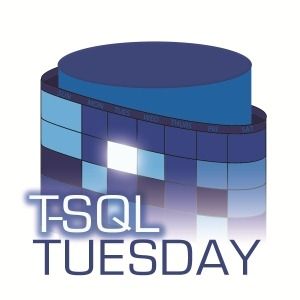
This is a blogpost inspired by T-SQL Tuesday invitation #167 by MATTHEW MCGIFFEN.
Imagine a scenario where you need to deploy your application, which contains a significant amount of valuable know-how, to a SQL server that is not under your control or is managed by other DBAs. In most cases, you are deploying your application to a customer, and naturally, you want to protect your intellectual property (IP). Is there a way to achieve this? The short answer is no, there isn’t. While there may be some security measures in place, I firmly believe that there is no foolproof method to safeguard data from users with sysadmin access and server admin access. Just a note, Always Encrypted was not a solution in our case, although considered.
So, how did I approach this problem? I decided to add additional layers of security to minimize the risk of unauthorized access to sensitive data.
On the SQL server itself, I created a symmetric key using a password to encrypt the data. The next question was where to store the password required to open the symmetric key. One obvious option was to embed it in a stored procedure and encrypt the stored procedure itself. Even sysadmins do not have the ability to alter encrypted stored procedures from SQL Server Management Studio (SSMS). However, they can potentially use free third-party tools to decrypt the stored procedure and retrieve the original code. This taught me that stored procedure encryption, while helpful, is not entirely foolproof.
Since my application relies on SQL data, another option was to embed the data directly into the application and compile it. This might seem like a bulletproof solution, as the code would be in binary form, making it unreadable. However, in reality, it’s relatively easy to decompile, for instance, C# code using free tools. Reverse engineering has become more accessible than it used to be.
In the end, the level of security you can achieve depends on various factors. If possible, dividing your solution and not centralizing everything can be beneficial. While you might encounter a curious DBA, they typically lack the development experience required to easily access your application code. You can also consider obtaining sensitive data from external resources and storing them only in the memory of the running application or in temporary objects within the SQL server. However, as mentioned earlier, it’s challenging to guarantee that someone won’t hijack your process and access and save the data elsewhere. Ultimately, the level of protection you need depends on the value of your data and whether others can make use of it without understanding its context.





